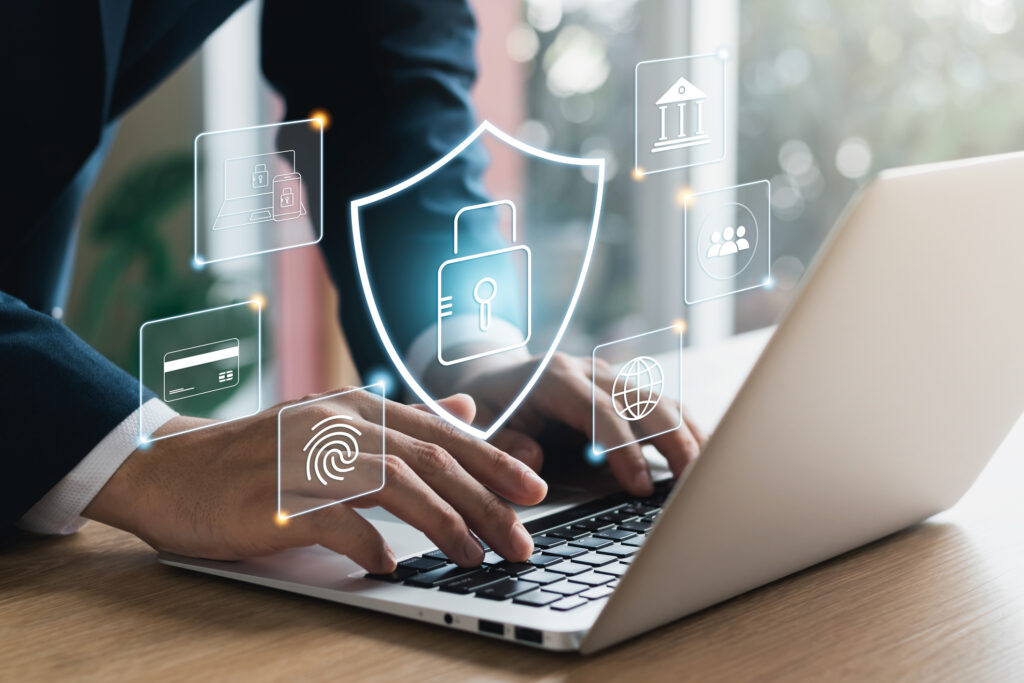The increasing trend of remote working has made Remote Desktop Protocol (RDP) more critical than ever for businesses. But as the necessity grows, so do the risks. With rising cyberattacks, securing RDP is an urgent priority. In this article, we’ll delve into how to secure RDP in various operating systems like Windows 10 and Windows 11, while also discussing alternatives and frequently asked questions.
Why Is RDP Not Secure by Default?
Out of the box, RDP itself isn’t entirely secure. When you enable remote desktop services, vulnerabilities may come into play, including the risks of brute force attacks, ransomware, and other malware infiltrating your network. In addition, your IP address becomes a potential target for cybercriminals if your RDP port is not properly secured.
Network Level Authentication (NLA)
The first line of defense against RDP attacks should be Network Level Authentication (NLA). NLA pre-authenticates remote users before a remote desktop session is established, reducing the risk of brute-force attacks. Make sure NLA is enabled in your settings, as this is a default feature in operating systems like Windows 10 and Windows 11.
Using Strong Passwords and Multi-Factor Authentication (MFA)
Your next step should be to implement strong passwords and multi-factor authentication (MFA). Two-factor authentication or MFA adds an additional layer of security by requiring users to provide two or more verification factors to gain access to a resource like an RDP session.
Secure RDP with Certificates
You can significantly enhance RDP security by using SSL/TLS certificates. Secure your RDP with a self-signed certificate if you’re operating in a small environment and are conscious of your budget.
Securing RDP Without VPN
VPN offers an additional layer of encryption and IP address hiding but isn’t always necessary for secure RDP. By employing tactics like changing your RDP port number and enabling firewall configuration analysis and cleanup, you can achieve secure RDP over the Internet without using VPN.
Alternative Solutions: SSH and Remote Desktop Gateway (RD Gateway)
An alternative to the traditional RDP access method would be to use Secure Shell (SSH) or Remote Desktop Gateway (RD Gateway). RD Gateway allows remote users to connect to internal network resources securely without changing firewall settings. For businesses looking to scale their security policies, it’s essential to consider alternatives like these.
Securing RDP with Tufin
To implement a secure RDP effectively, you need a comprehensive strategy that covers all aspects, from MFA to group policy permissions. Solutions like Tufin SecureTrack+ offer a robust approach to crafting and unifying security policies at scale. If your organization is evolving towards a hybrid cloud solution, Tufin can help you secure your ever-expanding environment whilst maintaining business contiuinty .
Conclusion
Securing your RDP doesn’t have to be complicated, but it does require attention to detail. Whether it’s implementing strong passwords or adopting multi-factor authentication, you can fortify your RDP from unauthorized access and cyberattacks.
For those interested in further enhancing their cybersecurity posture into the cloud, read our comprehensive guide on cloud security configuration management.
FAQs
Q: Can you secure RDP with a self-signed certificate?
A: Yes, it’s possible to secure RDP using a self-signed certificate, especially in smaller or budget-conscious environments.
For more on certificates, read our blog on CISA cloud security recommendations.
Q: What is the safest way to use RDP?
A: The safest way to use RDP is through multi-factor authentication, network level authentication, and certificates.
To learn more about automated network change management, including RDP protocols, dive into our guide on network security automation.
Q: Which is more secure, RDP or VPN?
A: Both have their merits, but using RDP with robust security measures like MFA and certificates can be as secure as VPN.
Read our article on how Tufin helps deal with security policy clean-ups.
Wrapping Up
Securing RDP is essential in today’s cybersecurity landscape. Following the steps outlined in this blog will help you protect against unauthorized RDP access and potential cyberattacks. To learn more on how Tufin helps manage and automate your network access changes, sign up for a Tufin demo today!
Ready to Learn More
Get a Demo





